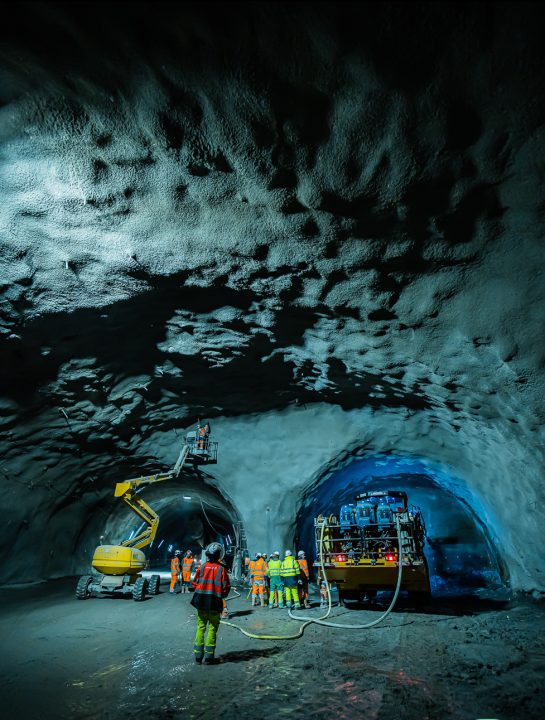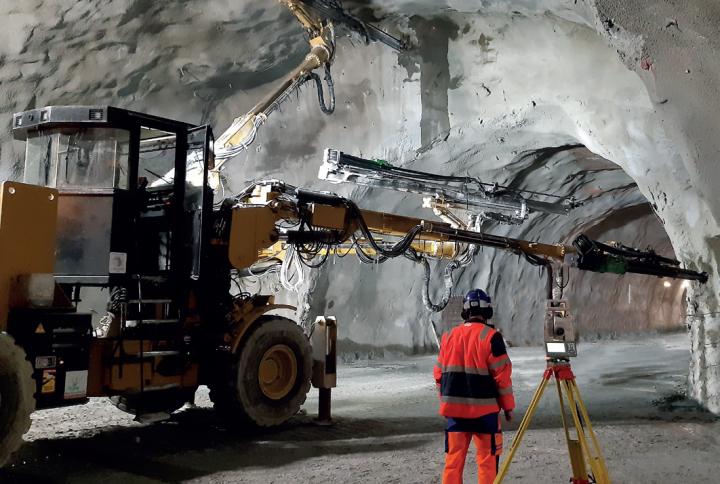
Context
Lyon-Turin is a new rail line for the transport of goods and passengers, 270 km long, 70% of which is in France and 30% in Italy. It is the central link in the Mediterranean corridor, one of the 9 stretches of the TEN-T trans-European transport network, which extends over 3,000 km and links 7 European corridors from east to west. The line is divided into three sections:
- the joint cross-border section between Italy and France, from Susa (Piedmont) to Saint Jean de Maurienne (Savoie), under the responsibility of the Franco-Italian public contracting authority Tunnel Euralpin Lyon-Turin (TELT), whose main structure is the 57.5 km Mont Cenis base tunnel, currently under construction;
- the Italian part, from the Turin junction to Bussoleno (Susa Valley), under the responsibility of RFI;
- the French section, from Saint-Jean-de-Maurienne to Lyon, under the responsibility of the SNCF.
The Lyon-Turin rail line project was born with environmental objectives based on the:
- Alpine Convention (1995) providing for measures to reduce road traffic in the Alpine arc;
- Paris Climate Change Conference (2015), which encourages the reduction of greenhouse gases.







